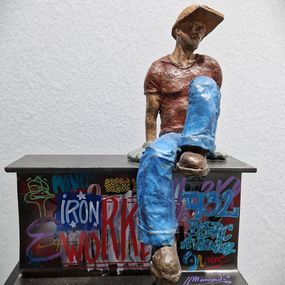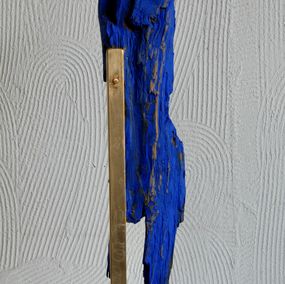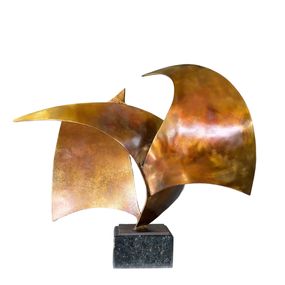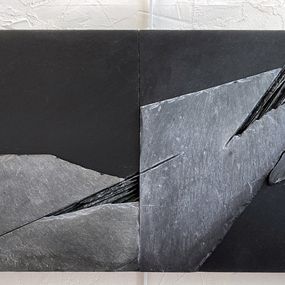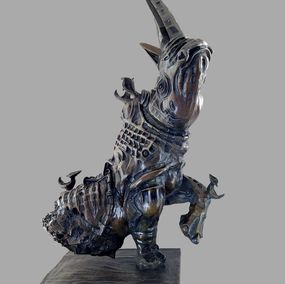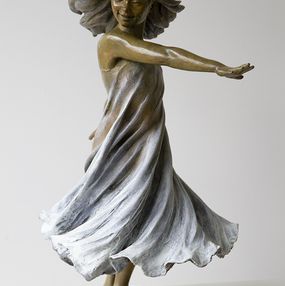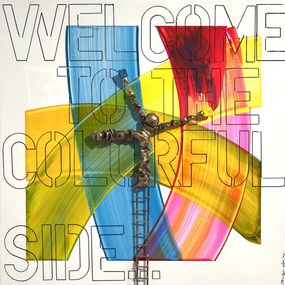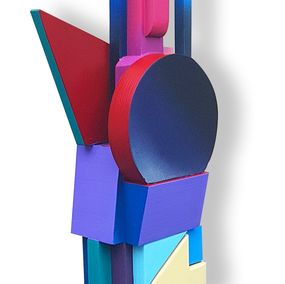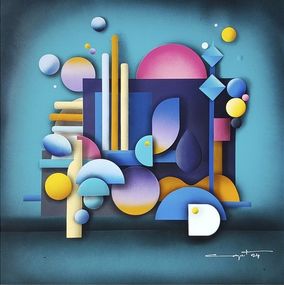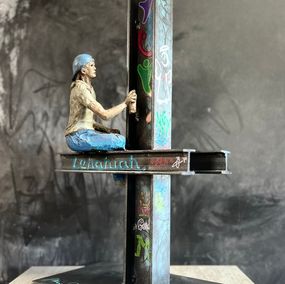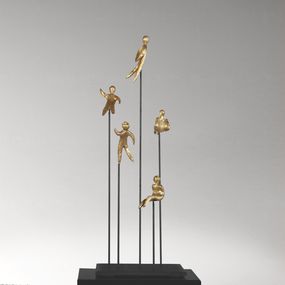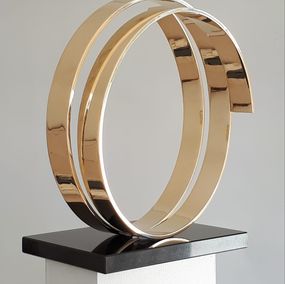
Bronze Sculpture for Sale
Save your search and find it in your favorites
Save your search to find it quickly
Saved search
Your search is accessible from the favorites tab > My favorite searches
Unsaved search
A problem occurred

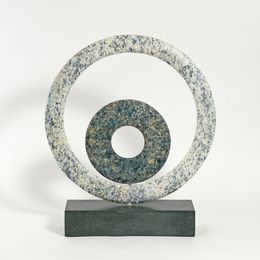

Autumn Equinox IV
Philip Hearsey
Sculpture - 17 x 65 x 7 cm Sculpture - 6.7 x 25.6 x 2.8 inch
$2,688

Danseuse dalinienne
Salvador Dali
Sculpture - 44.5 x 22.5 x 20.5 cm Sculpture - 17.5 x 8.9 x 8.1 inch
$39,801
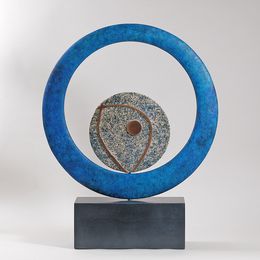
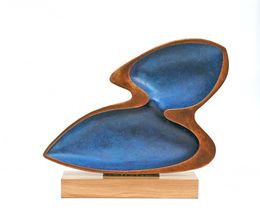
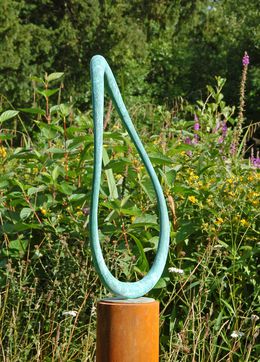
Hartland Tide III
Philip Hearsey
Sculpture - 60 x 37 x 10 cm Sculpture - 23.6 x 14.6 x 3.9 inch
$6,480
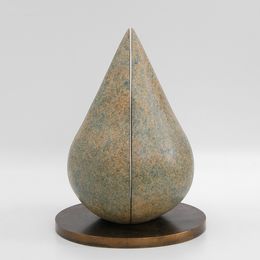

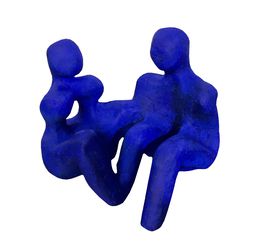
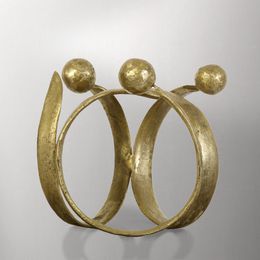

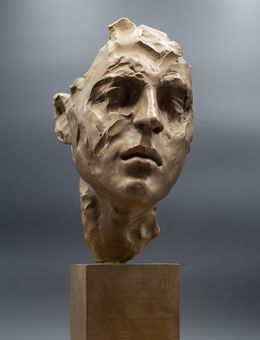
Le masque de Camille
Irina Shark
Sculpture - 26 x 13 x 16 cm Sculpture - 10.2 x 5.1 x 6.3 inch
$5,375

Huntress
Eléonore de Moffarts
Sculpture - 48 x 65 x 30 cm Sculpture - 18.9 x 25.6 x 11.8 inch
$10,407
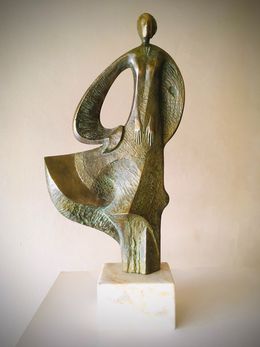
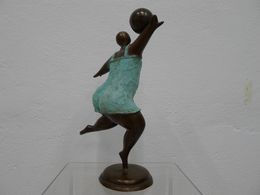
La femme au ballon
Pierre Gimenez
Sculpture - 36 x 13 x 23 cm Sculpture - 14.2 x 5.1 x 9.1 inch
$972
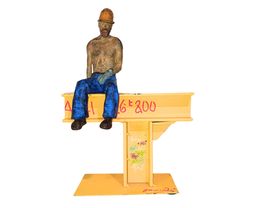
yellow pylon worker
Jean-Jacques Mancardi
Sculpture - 36 x 25.5 x 16 cm Sculpture - 14.2 x 10 x 6.3 inch
$3,660

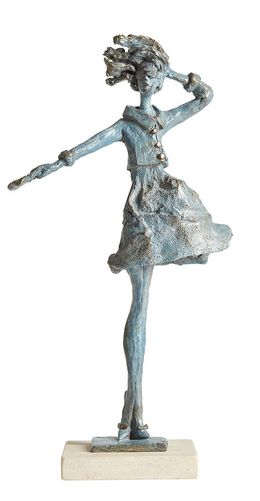
Breezy (bronze resin)
Sara Ingleby-Mackenzie
Sculpture - 40 x 21 x 11 cm Sculpture - 15.7 x 8.3 x 4.3 inch
$1,344

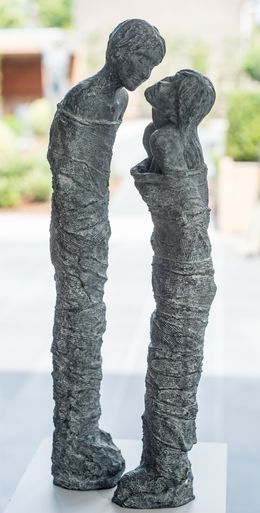

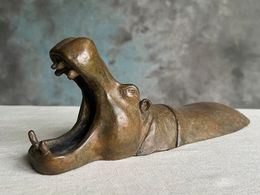
At the water's edge / A fleur d'eau
Sylvie Gaudissart
Sculpture - 10.5 x 30 x 10 cm Sculpture - 4.1 x 11.8 x 3.9 inch
$2,230

Naive | Bronze Sculpture
Aurelija Simkute
Sculpture - 23 x 18 x 13 cm Sculpture - 9.1 x 7.1 x 5.1 inch
$7,434

Masque de Jéricho
Romain Langlois
Sculpture - 56 x 23 x 25 cm Sculpture - 22 x 9.1 x 9.8 inch
$16,012

Petit potlach
Guillaume Couffignal
Sculpture - 51 x 25 x 12 cm Sculpture - 20.1 x 9.8 x 4.7 inch
$2,287

Celeste
Sara Ingleby-Mackenzie
Sculpture - 180 x 30 x 30 cm Sculpture - 70.9 x 11.8 x 11.8 inch
$9,481

All Dressed Up With Nowhere To Go
Mela Ann Cooke
Sculpture - 96 x 40 x 55 cm Sculpture - 37.8 x 15.7 x 21.7 inch
$23,446
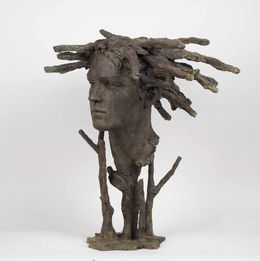
Dryade II
Christophe Charbonnel
Sculpture - 51 x 48 x 48 cm Sculpture - 20.1 x 18.9 x 18.9 inch
$20,587
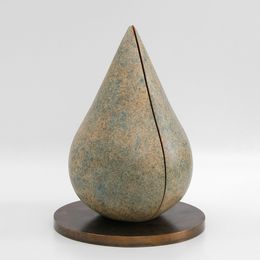
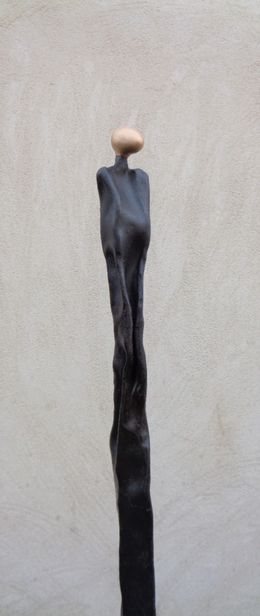






Porter par le vent
Luo Li Rong
Sculpture - 100 x 100 x 50 cm Sculpture - 39.4 x 39.4 x 19.7 inch
$54,327



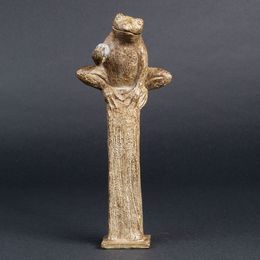
La petite pêcheuse de perles / The little pearl fisherwoman
Sophie Verger
Sculpture - 24 x 10 x 9 cm Sculpture - 9.4 x 3.9 x 3.5 inch
$1,487

Dancing Elements
Kuno Vollet
Sculpture - 80 x 40 x 45 cm Sculpture - 31.5 x 15.7 x 17.7 inch
$17,156
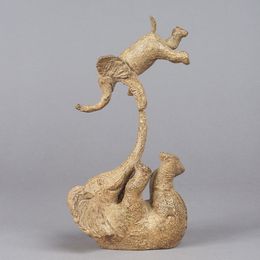

Two elephants entwined
Sophie Verger
Sculpture - 11 x 12 x 9 cm Sculpture - 4.3 x 4.7 x 3.5 inch
$1,944
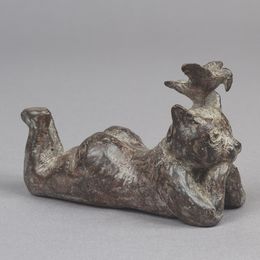
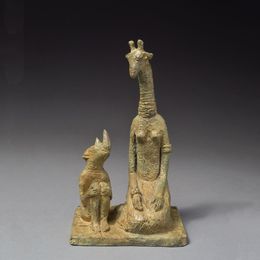
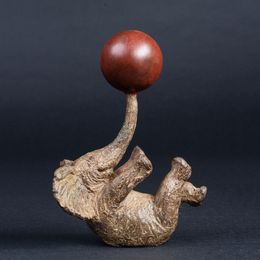

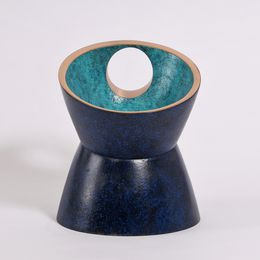
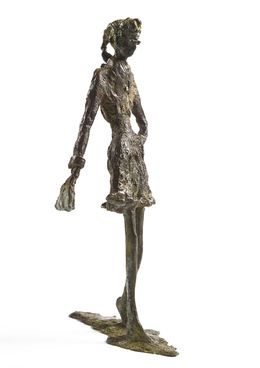
Walk in the Park
Sara Ingleby-Mackenzie
Sculpture - 24 x 8 x 10 cm Sculpture - 9.4 x 3.1 x 3.9 inch
$1,119



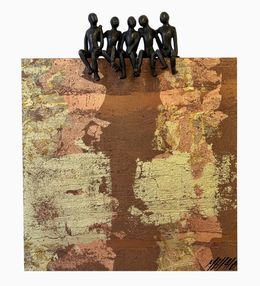
Entre 2 rives... (Album d’enfants)
Olivier Messas
Sculpture - 36 x 30 x 5 cm Sculpture - 14.2 x 11.8 x 2 inch
$1,830

Le petit voilier bleu marine... (esprit voile 2016)
Olivier Messas
Sculpture - 28 x 16 x 8 cm Sculpture - 11 x 6.3 x 3.1 inch
$1,716
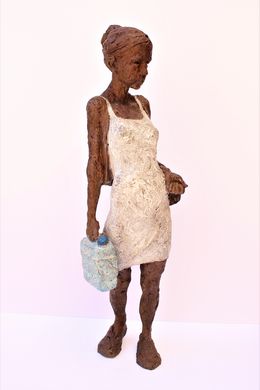
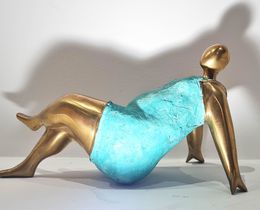
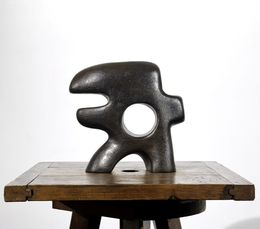
![Sculpture, La famille heureuse... "Bonheur" [ version : marron ] (Histoire de famille 2021), Olivier Messas](https://media.artsper.com/artwork/1548642_1_grid.jpg)
La famille heureuse... "Bonheur" [ version : marron ] (Histoire de famille 2021)
Olivier Messas
Sculpture - 34 x 30 x 8 cm Sculpture - 13.4 x 11.8 x 3.1 inch
$4,804
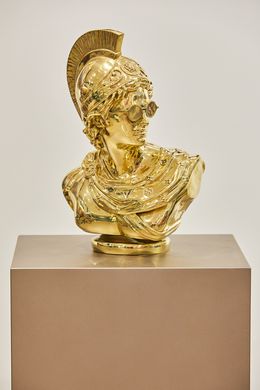
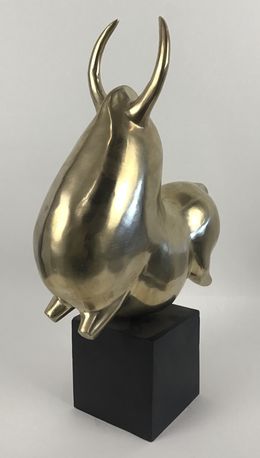
Le taureau qui danse
Pierre Gimenez
Sculpture - 45 x 16 x 18 cm Sculpture - 17.7 x 6.3 x 7.1 inch
$1,087

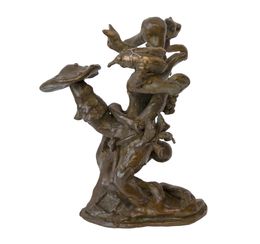
Le tyran - Sculpture bronze
Plaf
Sculpture - 13 x 11 x 10 cm Sculpture - 5.1 x 4.3 x 3.9 inch
$1,716
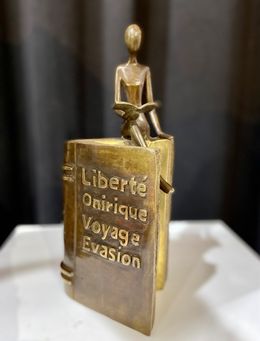
Lectrice assise sur bord de livre Love
Carl Jaunay
Sculpture - 31 x 13 x 10 cm Sculpture - 12.2 x 5.1 x 3.9 inch
$2,745
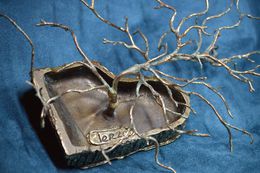
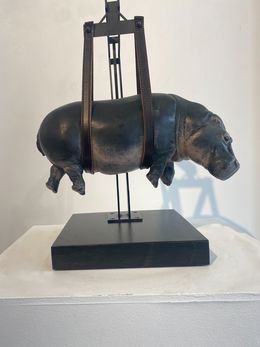
Il peso del tempo sospeso/Ippopotamo 8/8
Stefano Bombardieri
Sculpture - 37 x 25 x 42 cm Sculpture - 14.6 x 9.8 x 16.5 inch
$25,162

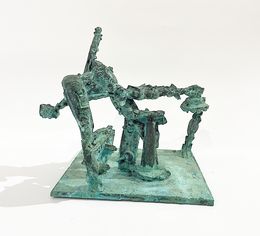
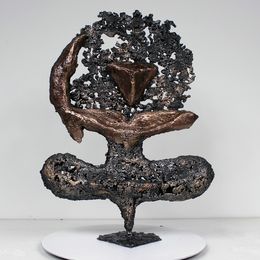
Calligraphie Violette 71-19
Philippe Buil
Sculpture - 36 x 26 x 7 cm Sculpture - 14.2 x 10.2 x 2.8 inch
$1,087

Abstract composition II
Zdenek Tomanek
Sculpture - 11.8 x 17 x 14 cm Sculpture - 4.6 x 6.7 x 5.5 inch
$1,144


Tête de panthère monumentale
Patrick Villas
Sculpture - 205 x 200 x 180 cm Sculpture - 80.7 x 78.7 x 70.9 inch
$205,870

Orphée Monumental
Christophe Charbonnel
Sculpture - 220 x 141 x 85 cm Sculpture - 86.6 x 55.5 x 33.5 inch
$171,558
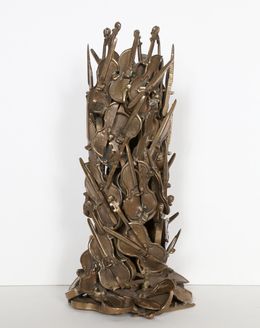
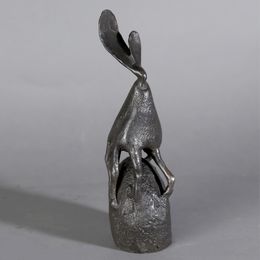

Transverse Motion 3 of 3
Nornslife Art
Sculpture - 22.86 x 15.24 x 5.08 cm Sculpture - 9 x 6 x 2 inch
$13,553

Transverse Motion 2 of 3
Nornslife Art
Sculpture - 22.86 x 21.59 x 7.62 cm Sculpture - 9 x 8.5 x 3 inch
$13,553


The hippo perch / L’hippo perchoir
Sylvie Gaudissart
Sculpture - 12.5 x 32.5 x 9 cm Sculpture - 4.9 x 12.8 x 3.5 inch
$2,230
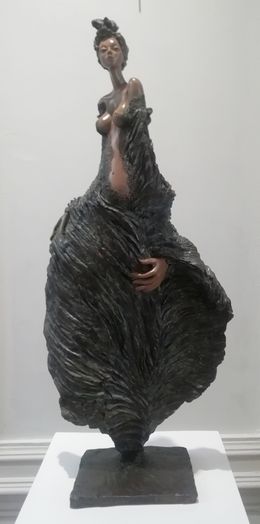
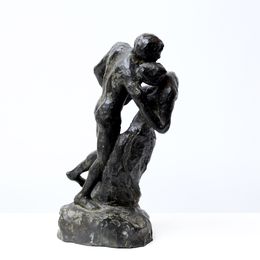
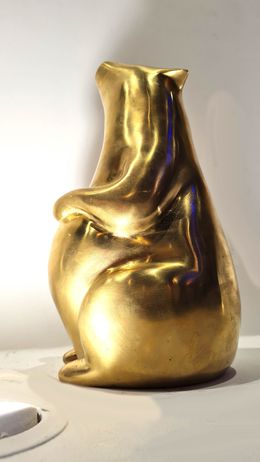
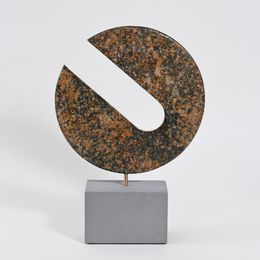
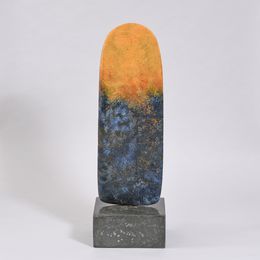
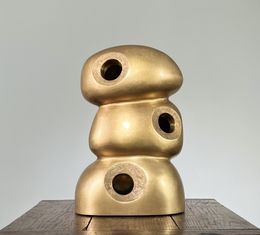

Boxing Mickey Big
Jorn Van Hoorn
Sculpture - 60 x 40 x 30 cm Sculpture - 23.6 x 15.7 x 11.8 inch
$11,380



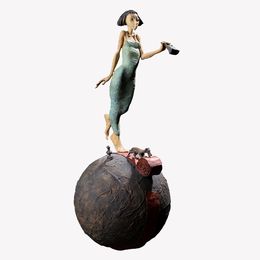
Nouveau monde
Dirk De Keyzer
Sculpture - 153 x 39 x 30 cm Sculpture - 60.2 x 15.4 x 11.8 inch
$24,018

Man GOLDY BRONZE MAN N°6
Richard Orlinski
Sculpture - 100 x 35 x 18 cm Sculpture - 39.4 x 13.8 x 7.1 inch
$57,072

Bronze Kriptogram
Karl Lagasse
Sculpture - 44 x 12 x 12 cm Sculpture - 17.3 x 4.7 x 4.7 inch
$108,653

Discover the styles & movements
Discover the selection of our experts
Bronze Sculpture for Sale
The technique used in the creation of bronze sculptures has changed very little since Antiquity. The sculptor begins by fashioning the subject in wax, then covers it with clay, pours on the bronze, an alloy of copper and tin, then breaks open the terracotta, leaving only the bronze object behind. Highly valued by sculptors, bronze is a robust and resistant material that fairs well outside. Using wax to create the initial mould allows for a high level of detail on the final sculpture, unlike steel sculpture. Certain nuances in color can be produced through the use of patinas.
These qualities explain why bronze is one of the oldest materials to be used by humans. Indeed, bronze tools were used in Mesopotamia, Egypt and China around 2800 BC.
In Mesopotamia, near to present-day Iran, bronze was used to depict animals in sacred art. In Egypt, it was was used to personify the gods, and also to create small sculpture statues placed in the tombs of the deceased. However, it was Ancient Greece, where craftsmen began to sculpt human figures and deities with remarkable realism, that gave bronze its prominent place in the history of art. Many pieces of work were imported to Rome, where the production of bronze sculptures developed. Bronze sculptures soon began to decorate the theatres and the homes of the rich. Admiring the skills of the Greeks, the Romans began ordering sculptures from merchants and craftsmen, who made copies of the moulds of the statues.
With the birth of Christianity, evangelisation and the building of churches became the priorities, and bronze creations were replaced by stone sculptures for decorating churches. It was only in the 14th century that masterpieces were rediscovered during excavations of Italian archaeological sites. A century later, Brunelleschi and Ghiberti set the Renaissance in motion by decorating the doors of the Florence Baptistery in bronze. Donatello, inspired by ancient Roman sculpture, was the first to excel in the art of expressing emotions through bronze sculptures, followed by Verrocchio, his pupil (and master of Leonardo da Vinci). Although the practice spread throughout Europe, it was mainly focused in Italy, where sculptors competed to obtain the most convincing results.
During the 16th century, the Flemish Jean de Bologne established himself as the undisputed master of bronze. He was the most copied artist in the 17th century, and it is partly due to him that the bronze sculpture spread across Europe. In Italy, production of bronze sculpture was fairly constant, irrespective of the period. In France, on the other hand, this technique depended on the political regime. When Louis XIV invited sculptors to his court (essentially to decorate Versailles) demand for bronze reappeared as a form of courtly art.
Bronze sculpture underwent a resurgence during the 19th century, with Rodin and Camille Claudel, and then with Cubism and the Art Deco movement. Bronze is an expensive, heavy material and costly for collectors to buy and its use has become less prevalent in the 20th and 21st centuries, but some artists use it nonetheless: Giuseppe Penone, Alberto Giacometti with his strange silhouettes, the compressions of César Baldaccini, Philippe Pasqua's butterflies and still life sculpture can all be seen on Artsper!
Bronze sculptures are made from a series of wax molds, into which the sculptor pours melted bronze to create the final sculpture.
Bronze is used for sculptures because it expands just before it hardens, resulting in the accentuation of fine details. The bronze then shrinks slightly as it cools down, which makes it easy to remove the cast.
You can tell if a sculpture is bronze by testing if a magnet sticks to it, as iron is magnetic. Bronze also does not have the ability to rust, so a bronze sculpture will not have signs of corrosion on its surface.



